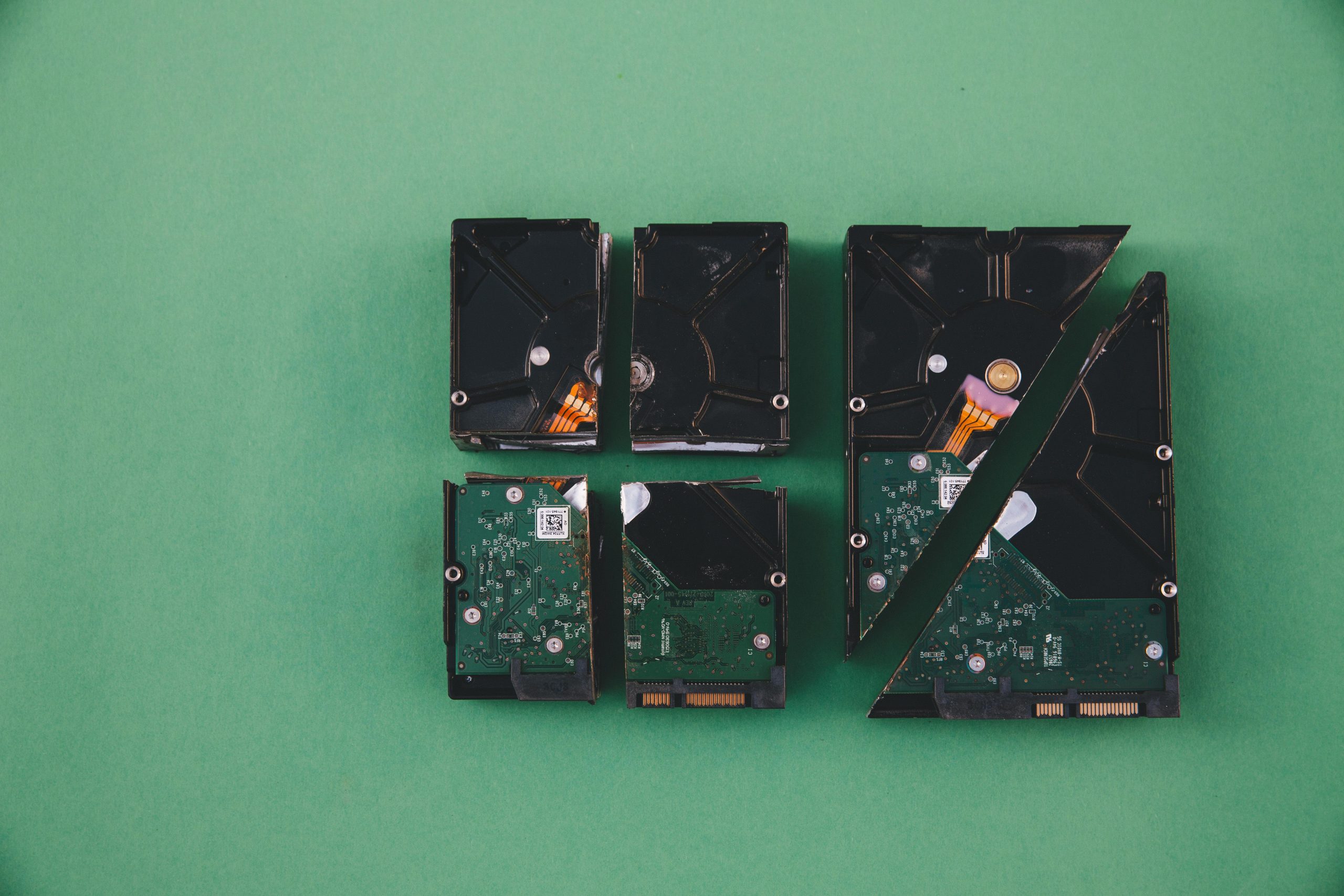Reviving a Hidden Gem: My Experience with a Found Alienware Laptop
Recently, I stumbled upon what seemed to be a treasure in my condo’s recycling room—an Alienware laptop. While it wasn’t in perfect condition, missing its bottom panel and hard drive, I was undeterred. With a quick fix of adding my own hard drive and securing it with tape, I was eager to dive into this unexpected find.
The specifications of this laptop are quite impressive for a second-hand device: an Intel Core i7 4720HQ and 8GB of RAM. For comparison, my gaming desktop boasts a slightly more powerful i7 4770 paired with a GTX 970 GPU. My hope was that this laptop contained a dedicated graphics card, ideally a GTX 960 or 970, allowing me to game for a few hours amid my new responsibilities as a dad. Given limited gaming time, I even considered selling my desktop if this laptop met my expectations.
After performing a fresh installation of Windows 10, I was greeted with disappointing news—only integrated graphics were detected. This raised several questions in my mind. Could it be that Alienware produced models without dedicated GPUs? Perhaps the GPU was non-functional, rendering my hope for gaming mute. To complicate matters, I noticed an error message indicating that the battery needed replacing. I couldn’t help but wonder if the laptop was attempting to conserve power by relying solely on the integrated graphics.
While I have a firm grasp of hardware concepts, software often slips through my fingers, prompting me to seek help from the community. After initiating some updates, I ran a comprehensive Windows update, and to my surprise, the system reported a GTX 970M. However, when testing Minecraft at maximum settings, the performance was lackluster, hovering around 20-40 FPS.
This led me to consider whether disabling the integrated graphics would enhance performance. Yet, I hesitated, concerned that doing so might jeopardize my Windows installation, especially if the GTX 970M was faulty.
After further investigation, I successfully configured Minecraft to run specifically on the GTX 970M. To my delight, the framerate improved significantly, stabilizing closer to 60 FPS. Nevertheless, I still wanted to ensure that the integrated graphics remained dormant, eliminating any possibility of them interfering with my gaming experience.
This journey of salvaging an Alienware laptop has been both a challenge and an enlightening experience. I continue to explore optimizations while trying to determine the best configuration
Share this content:



